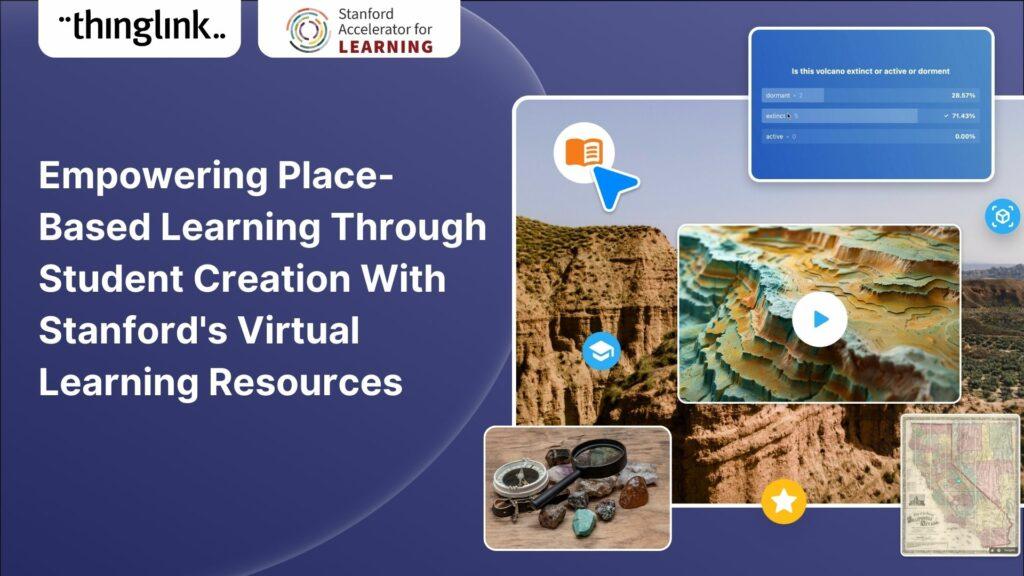Discover Virtual Field Trips: Expanding Student Horizons Without Leaving the Classroom
Introduction: bringing the World to Your Classroom
Imagine enabling your students to wander through the halls of the Louvre, dive into the depths of the Great Barrier Reef, or stand atop Machu Picchu—all without stepping outside the classroom. Virtual field trips are transforming education by harnessing technology to make global learning accessible,engaging,and affordable. In an increasingly digital world, virtual field trips allow educators to expand student horizons and bring real-world experiences directly into their lesson plans.
What Are Virtual Field Trips?
A virtual field trip is an interactive, digitally guided educational experience that transports students to destinations across the globe via the internet. Using videos, virtual reality (VR), augmented reality (AR), 360-degree tours, and interactive online activities, teachers can provide immersive learning without logistical constraints or costs associated with traditional field trips.
Popular platforms such as Google Expeditions, Discovery education, and Smithsonian Learning Lab offer a wide range of curated virtual field trips tailored to various grade levels and subjects.
The Benefits of virtual Field Trips for Students
Integrating virtual field trips into your curriculum provides numerous advantages for both students and educators. Here are some key benefits:
- Accessibility: Visit destinations that are geographically or financially out of reach.
- Engagement: interactive and visually rich experiences capture student interest.
- Inclusivity: Accommodate diverse needs and learning styles, including students with mobility challenges.
- Cost-Effective: Eliminate transportation, admission, and supervision expenses.
- Curriculum Alignment: Easily connect virtual trips to lesson plans in science, history, art, geography, and more.
- Safe Learning: Minimize safety concerns and parental permissions as students don’t leave campus.
Popular Virtual Field Trip Destinations and Platforms
The range of virtual field trip destinations continues to grow as technology evolves. Here are some top choices for educators:
- Smithsonian National Museum of Natural History: Offers interactive museum tours and educational videos.
- Google Arts & Culture: Explore famous art galleries, world heritage sites, and 360-degree world tours.
- NASA’s Virtual Tours: Take students through historic NASA centers, the international Space Station, and Mars surface simulations.
- The Great Wall of China 360: An immersive experience exploring one of the world’s wonders.
- San Diego Zoo Tours: Virtual guided adventures with wildlife from around the world.
- Discovery Education: Offers themed experiences covering history, science, STEM, and social studies.
These online educational field trips often include pre‐developed lesson plans, quizzes, and activities for a comprehensive learning experience.
how to Plan a Accomplished Virtual Field trip
- Identify Your Learning Objectives: align the destination with your subject and desired outcomes.
- Research Platforms: Choose reliable, age-appropriate virtual field trip resources.
- Prepare Students: Introduce background details and set clear expectations.
- Interactive Engagement: Encourage participation through virtual worksheets, discussions, or scavenger hunts.
- Assessment and Reflection: Follow up the experience with a creative project, class discussion, or short quiz.
Effective classroom management and collaboration are key to a smooth virtual experience. Consider assigning student roles—such as discussion leader, timekeeper, or tech support—to maximize involvement.
Practical Tips for Maximizing Virtual Field Trip Impact
- Test Technology in Advance: Ensure all devices and software work smoothly before the session.
- Integrate Cross-Curricular Learning: Incorporate reading, writing, and art assignments linked to the virtual trip.
- Encourage Collaborative Learning: Use group discussions and breakout rooms for deeper exploration.
- Promote Student Choice: Allow students to select a destination or create their own digital presentations on their favorite tours.
- share with Parents: Provide links and resources for families to explore together at home.
Case Study: Virtual Field Trip Success in a 5th Grade Classroom
At Willow Creek Elementary in Ohio, Ms. Jackson’s 5th grade class took a virtual field trip to the Metropolitan Museum of Art using Google Arts & Culture. Students embarked on a 360-degree tour of the Egyptian wing,explored ancient artifacts,and participated in a live video Q&A session with a museum expert. After the trip, students created their own “virtual exhibits” using digital storytelling tools.
- student Engagement: Participation increased by 27%, with students asking inquisitive questions and collaborating in groups.
- Academic Achievement: Assessment scores in world history showed significant advancement compared to previous years.
- Equitable Access: Every student, regardless of background, had an enriching and memorable experience.
Ms. Jackson attributes the project’s success to thorough preparation, student ownership of projects, and the versatility provided by virtual experiences.
Real-Life Educator Testimonial
“Virtual field trips have opened up a world of possibilities for my students. Not only do they spark curiosity and creativity,but they also allow us to explore places we might never visit in person. Our class trip to Yellowstone’s geysers was so vivid that my students talked about it for weeks!”
— Mr. P. Landon, Middle School Science Teacher
Overcoming Common Challenges with Virtual Field Trips
While virtual field trips offer many benefits, educators may encounter some obstacles. Here are practical solutions:
- technology Access: Partner with your school’s IT department or media center to ensure every student has the needed device and internet access.
- Student Distraction: Use structured activities, clear checkpoints, and interactive elements to maintain focus.
- Screen Fatigue: Break the virtual trip into shorter segments and include hands-on offline activities.
- quality of Content: Vet resources in advance, choosing only reputable sites with high educational value and age-appropriate content.
Conclusion: The Future of Learning is Virtual
Virtual field trips are more than a convenient option—they are a dynamic, flexible way to expand student horizons and bring the vastness of the world into any classroom. By embracing this innovative teaching tool, educators can inspire curiosity, foster global awareness, and make learning truly limitless.
Ready to get started? Explore a virtual field trip today and watch your students’ enthusiasm for learning soar!

